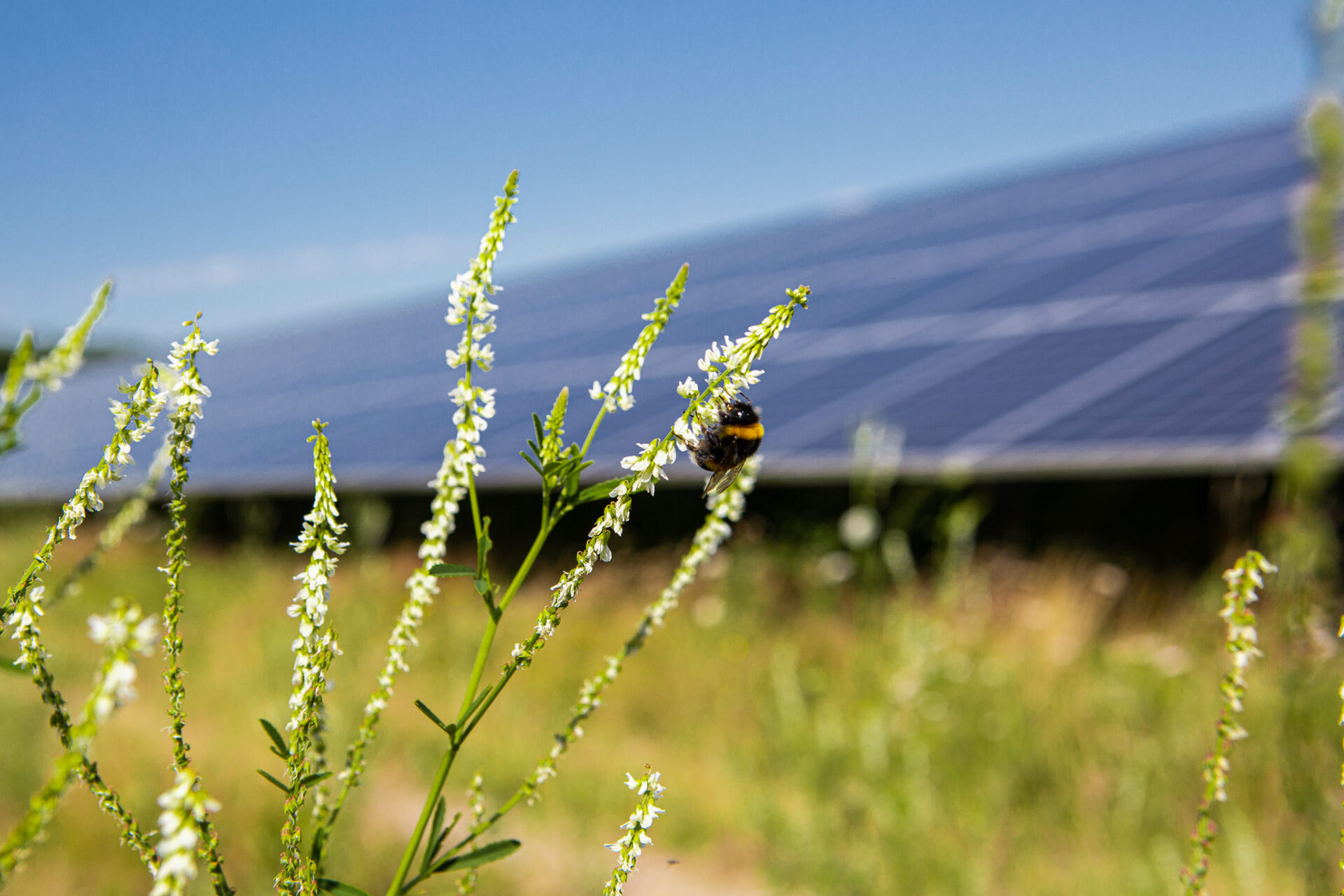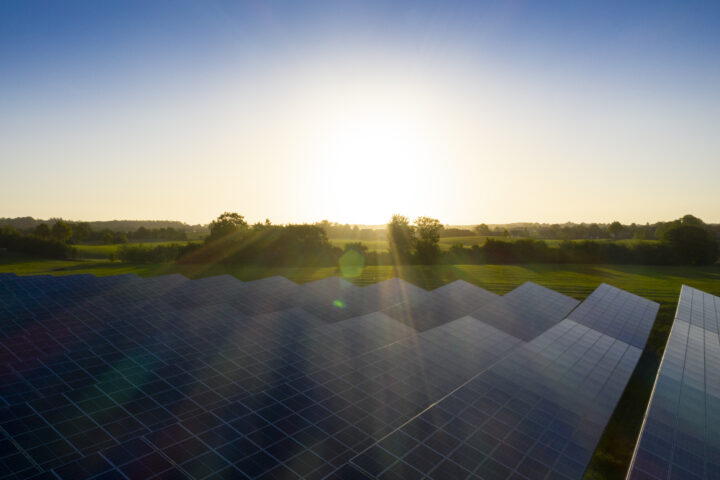Municipality
Variants of the Participation
How can citizens or local authorities actually participate in solar parks? Which option suits the individual project? We would like to answer these questions here.
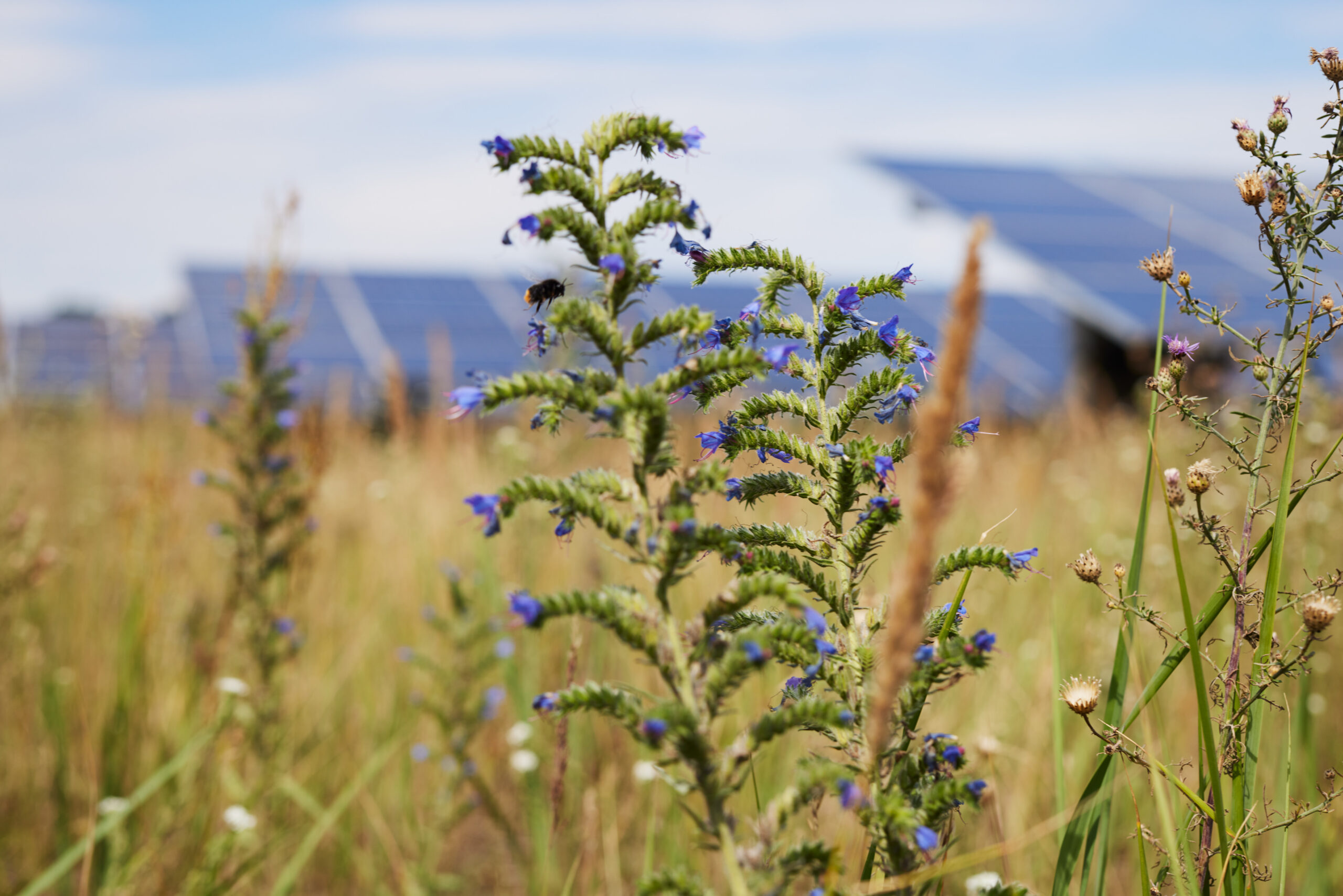

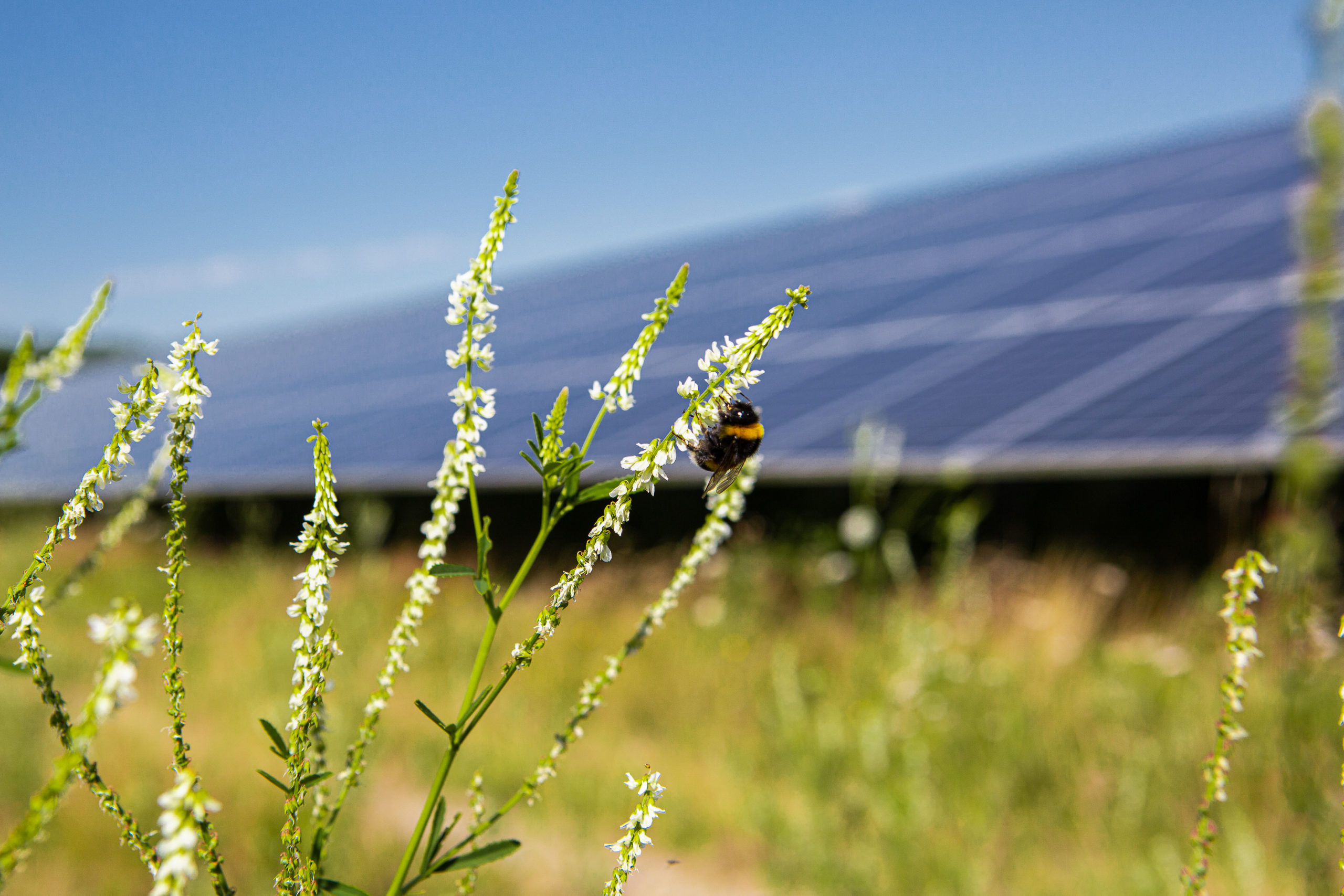
Participation creates acceptance
A Rapid changeover to a renewable energy supply will Favoured by social acceptance. This has already been confirmed by many studies, including a Study of the Agency for Renewable Energies. It is Promoting acceptance of citizen participation in solar projectsbe it direct or indirect. For ground-mounted PV systems Different forms of participation possible, the Advantages and disadvantages bring with them. This article shows a Overview of the possible investment options for solar parks and explains the respective Characteristics. You will also find here Information on the participation regulations in individual federal states.
Overview of forms of participation
Participation in ground-mounted photovoltaic systems can be realised in various ways. For example, citizens can invest directly in planned solar park projects or benefit indirectly from a solar park, e.g. through the financial participation of the municipality in accordance with Section 6 EEG.
An overview of the many ways in which municipalities and citizens can participate, with corresponding examples, is shown in the graphic on the left.
Dimension active - passive
Citizens can get involved in solar park projects in their municipality. active by, for example, participating in Planning and decision-making processes or actively invest their own capital. With a passive participation The citizen does not become active himself or herself, but benefits, for example, through the financial strengthening of his or her municipality or through discounted electricity tariffs that can be offered by the solar park in the municipality.
Examples of active formsCitizens' energy co-operative, citizens' energy company as GmbH & Co. KG, direct financial participation in the solar park
Examples of passive formsMunicipal participation in accordance with Section 6 EEG 2023, subsidised electricity tariff from the planned solar park
Dimension direct - indirect
One direct Participation includes a Financial participation a citizen through, for example, a subordinated loan to the company planning the solar park. The creditor then receives a fixed interest rate.
With a indirect The citizen receives participation, for example, via municipal participation charitable benefits through municipal measures for their fellow citizens. There are therefore no individual benefits. Citizens can also indirectly participate financially in the project through membership of a citizens' energy cooperative.
Examples of direct formsEnergy sharing, discounted electricity tariff from the planned solar park, subordinated loan, shares in the planned solar park
Examples of indirect formsMunicipal participation in accordance with Section 6 EEG 2023, citizen energy cooperatives, citizen energy companies as GmbH & Co. KG
Participation variants in detail
Here, we present some variants of participation with their respective advantages and disadvantages.

Municipal participation in accordance with Section 6 of the German Renewable Energy Sources Act (EEG 2023)
Form of participation
Indirect and passive
Characteristic
Section 6 EEG 2023 regulates for the first time how grants can be lawfully paid to a municipality by a solar park operator. Accordingly, system operators can pay a municipality on whose land a solar park is to be built a grant without consideration of max. 0.2 ct./kWh voluntary offer. For a solar park with an output of, for example, 20 MWp (approx. 20 ha) and an estimated yield of 20 million kWh per year, a total amount of €40,000 per year would be paid out to the municipality with a subsidy of 0.2 cents per kWh of electricity fed into the grid. Investments in charitable projects can thus be supported and provide benefits for all members of the community. For system operators, it is possible for systems subsidised by the EEG to be reimbursed by the grid operator for the subsidy paid to the municipality (exceptions are possible, further information can be found here). here).
Further information on municipal participation in general can be found, for example, on the Information brochure of the Mecklenburg-Vorpommern State Energy and Climate Protection Agency. You will also find here one Sample publisherwhich is the Legally compliant implementation of Section 6 EEG 2023 made possible.
Advantages
The citizens of the municipality do not have to actively participate in the expansion process and still benefit from the additional income for their municipality. Non-profit projects can be promoted and realised, and the municipality has additional financial resources at its disposal.
Disadvantages
Participation in accordance with Section 6 EEG 2023 is not mandatory, i.e. system operators can offer the grant to a municipality on a voluntary basis. It must also be noted that the subsidy agreement must not be concluded before the bylaws on the development plan for the solar park area have been adopted, as otherwise there would again be criminal liability.
Special feature: There are now individual laws at state level on the participation of local authorities in renewable energy installations. These can be found here: Participation laws at state level (Link)
Citizens' energy co-operative
Form of participation
Indirect and active
Characteristic
Citizens' energy cooperatives offer registered co-operatives (e.G.) Every citizen has the opportunity to actively participate in local solar park projects. In Germany, this is the most common legal form of citizen energy companies and is regulated in its organisation by the Cooperatives Act regulated. Not only natural persons such as individual citizens, but also legal entities such as municipalities, municipal utilities or local credit institutions can participate in a cooperative.
The purpose of the cooperative is, on the one hand, to independent, regional and above all climate-neutral energy supply build up. On the other hand, the The generation of returns from the solar park projects plays an important role. Citizens can join the cooperative through the Acquisition of shares join the co-operative. The minimum amount that must be paid per share varies depending on the co-operative. The direction of the co-operative is decided in a democratic process, i.e. Members actively influence projects and their development. The cooperative's pooled capital is invested in renewable energy projects such as solar parks. The income generated by the plants is recognised as Dividends distributed or reinvested in new projects.
In § Section 3 of the EEG 2023 the exact Requirements for a citizens' energy company (which, according to this definition, also includes the citizens' energy cooperative).
Advantages
The Democratic co-determination of the cooperative members, regardless of the amount of their contributionis one of the advantages of community energy cooperatives. Through the Active participation of citizens in decision-making processes the local Acceptance of solar parks at the same time, community involvement strengthens the Social cohesion in communities. The liability of the cooperative is limited to its assets, so that no financial risk for the individual members arises. If a citizens' energy cooperative fulfils the requirements as described in Section 3 EEG 2023, they do not have to participate in tendering procedures with their solar park projects (valid up to a size of 6 MW, see Section 22 (3) no. 3 EEG 2023, system summary must be observed).
Disadvantages
The establishment and management of a citizens' energy cooperative is associated with a high administrative effort which is mostly characterised by Volunteers must be mastered. As community energy cooperatives often have a regional focus, they are well suited as Yield product less profitable than other forms of participation.
Citizens' energy company as GmbH & Co. KG
Form of participation
Indirect and active
Characteristic
The citizen energy company is often organised as a GmbH & Co. KG, i.e. as a so-called Limited partnership with a GmbH as fully liable partner (complementary). As with the citizens' energy cooperative, this is a model in which citizens participate by means of an acquired share can. However, there are significant differences: The Voting rights are often allocated according to the amount are regulated and the Managing Partner of the GmbH are responsible as general partners for the management and direction of the project. In addition, a limited partnership is usually founded on a project-specific basis. The provisions of Sections 3 and 22 EEG 2023 also apply here.
Advantages
Participation in a citizens' energy company is often an opportunity for citizens. profitable variant. The limited partners are subject to a Limitation of liability in the amount of their contribution.
Disadvantages
The establishment and management of a citizens' energy company as a limited partnership is also subject to a high administrative effort associated. From a public offer of more than 20 units, a public offer is also required. Obligation to publish a prospectus mandatory, which creates additional work. Citizens can participate, but Not everyone involved has the same sayas the general partner (executed by the GmbH) is authorised to manage the company.
Crowdinvestments / subordinated loans
Form of participation:
Direct and active
Characteristics:
Citizens can register via Crowdfunding (crowdinvestment) in a planned solar park by investing a one-off investment in a specific project. This option is often offered in the form of Subordinated loans from medium-sized companieswho want to close the gap between equity and debt capital. In the case of subordinated loans no property acquired and the result is No right of co-determination for investors. This form of asset investment has the character of a contractual obligation, i.e. there is a Annual repayment to the investors.
Advantages:
Under certain conditions, swarm financing is not subject to the obligation to publish a prospectus*, which means that the Administrative effort on the part of the borrower is manageable. This variant is Retail investor-friendly, terms and interest rates can be flexibly customised.
Disadvantages:
Investors in this variant have No co-determination rightsThere is also no investor advisory board. A subordinated loan is subordinated in the event of insolvencyi.e. creditors such as banks are served first. The Default risk relates to the amount of the respective investment sum. Before deciding in favour of a crowd investment or subordinated loan, you should therefore inform yourself well about the project company or company offering the investment.
* In order for a subordinated loan to be exempt from the obligation to publish a prospectus, in accordance with § Section 2a VermAnlG the following requirements of the offer must be met:
- the offer must be published via an electronic platform (electronic subscription deadline)
- A financial investment brokerage (digital possible) must be integrated
- the issue volume per company and year may not exceed EUR 6 million
- Private investors may subscribe a maximum of EUR 25,000
Energy sharing (energy communities)
Form of participation:
Direct and passive
Characteristics:
Energy sharing refers to the Local sharing of energy between citizens, companies and public institutions via the public supply grid. The legal basis for this can be a community energy company, but civil law partnerships (GbR) or associations are also possible. For example, a rooftop PV system can produce electricity not only for the property on which it is installed, but also for all buildings in the neighbourhood that belong to the energy sharing community. In energy sharing, customers and prosumers (combination of generation and consumption) conclude two electricity contracts: One with the energy community and one with a residual electricity supplier who supplies energy when the energy community does not generate any. The added value arises when consumers use the electricity when it is also generated within the community.
Advantages:
Electricity producers (e.g. a private individual in the case of a rooftop PV system) can thus not only consume solar power, but also sell or give it away to others (people)instead of feeding the unused quantities into the grid. Buyers of local electricity often benefit from favourable tariffsespecially in highly volatile times. Energy sharing is a sensible element of sustainable neighbourhood developmentas renewable energy can be produced and utilised locally without being dependent on a grid connection or external systems. Furthermore it increases acceptance of the energy transition because anyone can participate, even if they don't have their own roof or electric car. Energy communities can also help to stabilise the electricity system through demand response (a method of reducing electricity consumption at times of high demand) and energy storage, and make use of flexibilities.
Disadvantages:
In Energy sharing is not yet possible in Germany, as there are still no legal framework for this. If system operators want to sell their electricity to neighbours, they become energy suppliers, i.e. they have to register with the grid operator and the Federal Network Agency, they have to supply neighbours with electricity even if they do not generate any themselves, they have to label the electricity so that the neighbours know what percentage of the electricity is renewable, issue invoices, etc. In addition, due to the lack of a legal framework there is no exemption from levies, grid charge reductions and bonus payments as in other EU countries. As a result the electricity cannot be offered at a lower price and the cost of selling electricity for system operators far exceeds the income, meaning that energy sharing is not (yet) worthwhile in this country. In other European countries such as Italy, there are already Promising practical projectsthat can serve as role models.
But even if the legal framework were to be adopted in Germany, then Most households do not have smart metering systemsto understand, at what time which electricity was consumed.
Further information on the topic of energy sharing: bne Impulse Paper: Energy Sharing System - Bundesverband Neue Energiewirtschaft e.V.
Residential electricity models
Form of participation:
Direct and passive
Characteristics:
Residential electricity models relate to a specific project (e.g. a solar park) through which neighbouring residents receive discounted electricity tariffs. Part of the electricity produced in the solar park is sold directly on site, whereby a price-stable tariff can be guaranteed.
Advantages:
Residents of a solar park receive discounted electricity tariffs without having to actively participate in a solar park project. No personal financial investment is necessary. This can increase the acceptance of ground-mounted PV systems as there is a direct added value.
Disadvantages:
Residential electricity models are not yet widespread. However, it can be assumed that the market relevance will increase, as the concept can be attractive to a large number of citizens.
Income from trade tax
Form of participation:
Indirect and passive
Characteristics:
Local authorities benefit from a solar park through trade tax revenue. For this the installed capacity of the operating site is decisivewhich remains constant over the operating period. The 90% of the trade tax revenue is shared with the local municipality10% go to the municipality in which the operating company is based.
Advantages:
The current regulation regarding the distribution of trade tax is to be viewed favourably for local municipalities, especially for those locations that have so far been able to record little trade tax revenue due to their structure. There are already many Practical exampleswhere the Business tax revenues co-finance public facilities such as daycare centres and schools.
Disadvantages:
Trade taxes are only paid out if the profit of the company is positive. The Profit depends on various factors, e.g. the size of the system and the solar radiation at the respective location. It is therefore difficult to make a clear forecast in advance about the level of trade tax revenue. for municipalities.
Lease income from solar park areas
Form of participation:
Indirect and passive
Characteristics:
When municipalities talk about have suitable areasthese can be used as sites for solar parks be leased to an operating company. The municipality thus receives lease payments for the utilisation period that begins with the construction of the plant. In addition, a Percentage share of the feed-in revenue negotiated.
Advantages:
About the The fixed usage fee enables stable income to be for a period of frequently 20 years realise projects that benefit the community and thus its residents.
Disadvantages:
For a lease agreement over a long period of time all relevant aspects should be Thoroughly thought through be used. Examples would be the tax effects, any compensation measures and the start of payment or payment modalitieswhich should be looked at closely.
What added value is created for local authorities?
Municipal value creation can go beyond the purely financial aspects. This is because the expansion of renewable energies can also Further positive effects such as the creation or preservation of local jobs or the creation of new jobs. Promotion of nature conservation and biodiversity.

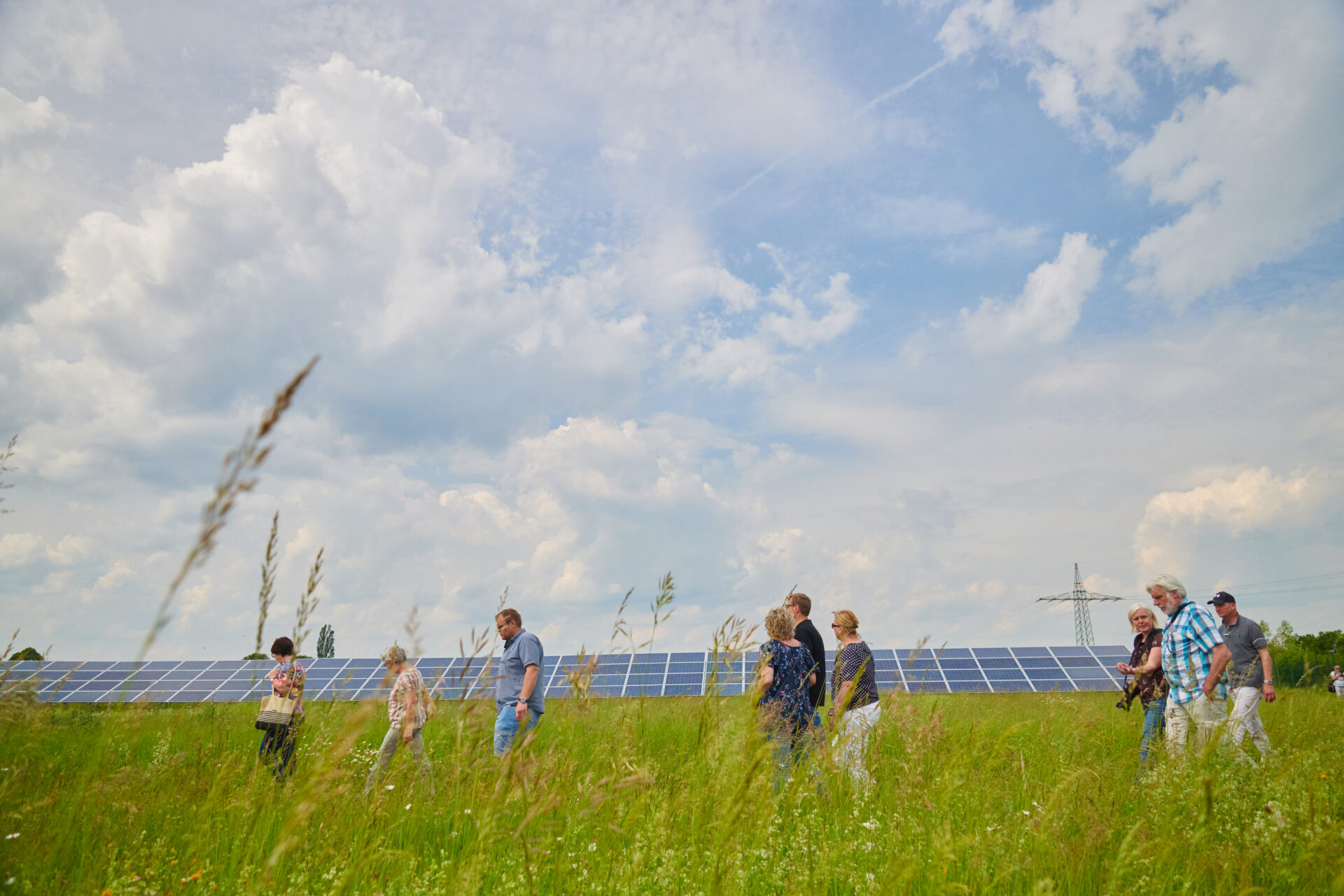

Intangible benefits for municipalities
NATURE CONSERVATION AND BIODIVERSITY
PIONEER OF THE ENERGY TRANSITION

